What Is Considered a High VIX + How to Use Volatility Index
Curious about volatility? Learn what is considered a high VIX and how traders use the Volatility Index to gauge fear and market swings.
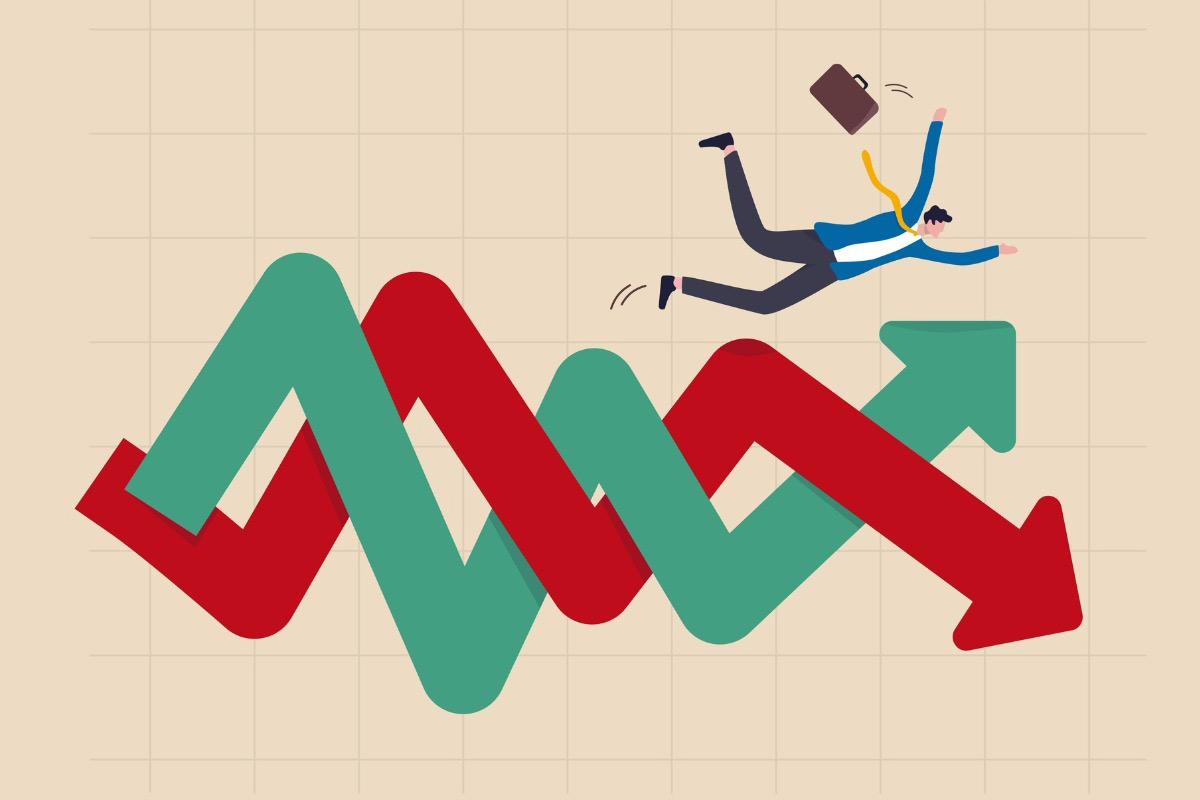
When the VIX jumps and your screen fills with wide swings, routine day trading feels different. The volatility index that tracks implied volatility in S&P 500 options acts as a fear gauge, and a boosted VIX changes slippage, margin rules, and trade timing, so day trading indices and picking the Best Brokers For Day Trading become part of your risk plan.
What reading should you treat as high VIX? How do spikes change intraday setups? And when should you tighten risk to qualify for a funded account? This guide gives clear thresholds, simple rules, and trade adjustments to help you trade like a pro with a funded account.
AquaFunded's Funded Trading Program offers a pathway to verified capital and straightforward rules so you can prove consistent performance and scale without risking a large personal account.
Summary
- VIX is a forward-looking option-implied fear gauge, with readings above 30 commonly signaling significant turbulence and extreme spikes, such as the 82.69 print in March 2020, indicating panic-level conditions.
- Because the VIX averages around 20, context matters, so a move from 12 to 24 carries a different risk profile than a move from 28 to 32 even if both are numerically similar.
Volatility is driven by macro releases, options flows, sentiment, political events, global shocks, and rates, and recent compounding signals included a 15% VIX increase last quarter alongside a 0.5 percentage point rise in interest rates over the past year.
When implied fear rises above conventional thresholds, such as 30, traders face wider bid-ask spreads, higher slippage, larger hedging bills, and a greater risk of margin calls if sizing is left fixed. - Practical rules reduce error: treat VIX below 20 as relatively stable and above 30 as a regime shift, convert VIX moves into percentage adjustments to position size, and require explicit hedging cost-benefit checks when implied volatility is boosted.
- Ad hoc sizing and eyeballing VIX works for small accounts but breaks down as exposure scales, creating hidden leverage and surprise liquidations unless rules are automated and tied to objective volatility metrics, as seen in markets with recent 15% quarter-on-quarter VIX moves.
- AquaFunded's Funded Trading Program addresses this by providing institutional-grade volatility metrics and machine-readable sizing rules, enabling traders to align position limits with VIX-driven risk.
Understanding Volatility Index (VIX)
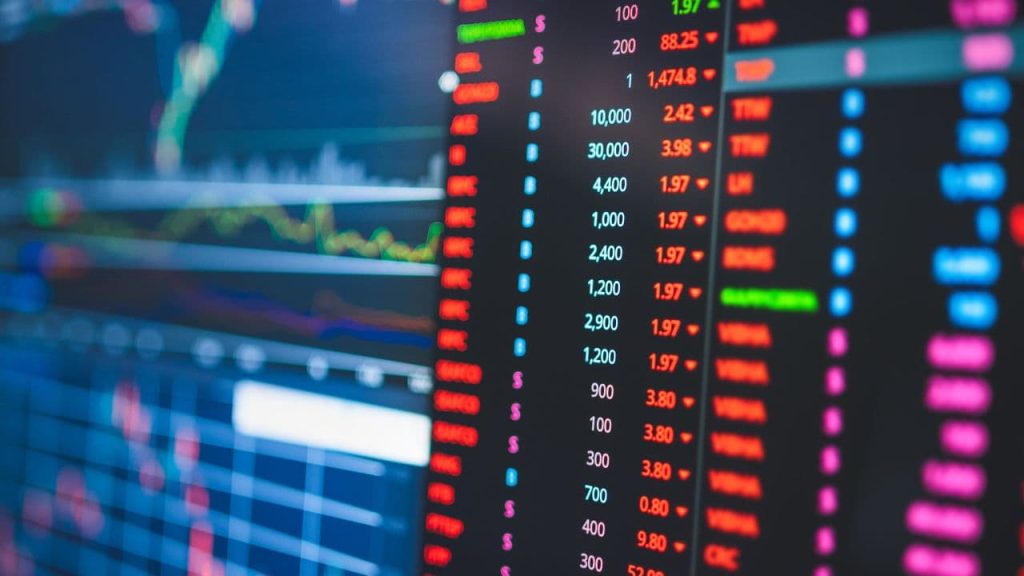
VIX is the Chicago Board Options Exchange Volatility Index, a market gauge of the S&P 500’s expected volatility over the next 30 days, expressed as an annualized percentage. Think of it as a forward-looking thermometer of option-implied fear, not a statement about what will happen but about what traders are pricing in right now.
What exactly does VIX track?
VIX aggregates prices of near-term S&P 500 options to infer the market’s collective expectation of volatility, using a range of strikes to capture uncertainty across the board. Because it is built from option prices, VIX reflects traders’ willingness to pay for protection; higher option premiums push the index up, lower premiums pull it down.
How should traders interpret VIX readings?
A single number doesn’t give you a trading signal by itself; it provides context. A VIX reading above 30 is commonly used as a threshold for significant market turbulence, as noted by Investopedia, meaning the options market is pricing in markedly higher short-term volatility. Conversely, extreme outliers tell a different story: the VIX spiked to 82.69 in March 2020 during the COVID market shock, according to Investopedia, a level of panic you rarely prepare a strategy to handle head-on.
Why does that matter for your trading approach?
This matters because VIX reflects market expectations, not realized moves. When traders treat it like a switch — buy the dip when VIX falls, or short everything when it rises — they ignore the difference between implied and realized volatility, and the timing mismatch that creates whipsaw risk. The pattern appears consistently across retail and small prop setups: strategies optimized for quiet markets collapse during sudden volatility spikes because position sizing, stop placement, and risk limits were calibrated to the wrong baseline.
What’s the practical difference between VIX and synthetic volatility indices?
Volatility indices you can trade on some platforms are synthetic instruments designed to move at predefined volatility levels; they are not directly tied to S&P 500 option prices. For example, specific platforms use engineered price paths that follow a set volatility figure, which means those instruments are insulated from geopolitical news and macro surprises, and instead let you practice pure volatility trading or technical strategies without external noise. That makes them useful if you want to isolate price action from event risk, but remember you are trading a designed product, not the market’s collective fear.
Most teams manage risk by eyeballing VIX and adjusting size. That works early on, but as positions compound and overnight exposure grows, that informal method creates hidden sizing errors and margin surprises. Platforms like AquaFunded provide funded trading programs with institutional-style risk analytics and real-time sizing guidance, helping traders align position limits with objective volatility measurements and reduce margin breaches while scaling trading size responsibly.
A quick analogy to keep close: VIX is like the market’s fever reading, useful to know you are sick, not a prescription for which medicine to take.
That clarity only gets you so far, because what drives volatility in practice is messier and far more revealing than the number on the thermometer.
Related Reading
- What Is a Trading Session
- What Is Support and Resistance in Trading
- What Is a Stock Market Index
- How to Trade S&P 500 Futures
- How Is the Dow Jones Calculated
- Trading the DAX
- CFD Indices
- Asset Class Correlation
Factors Affecting Volatility
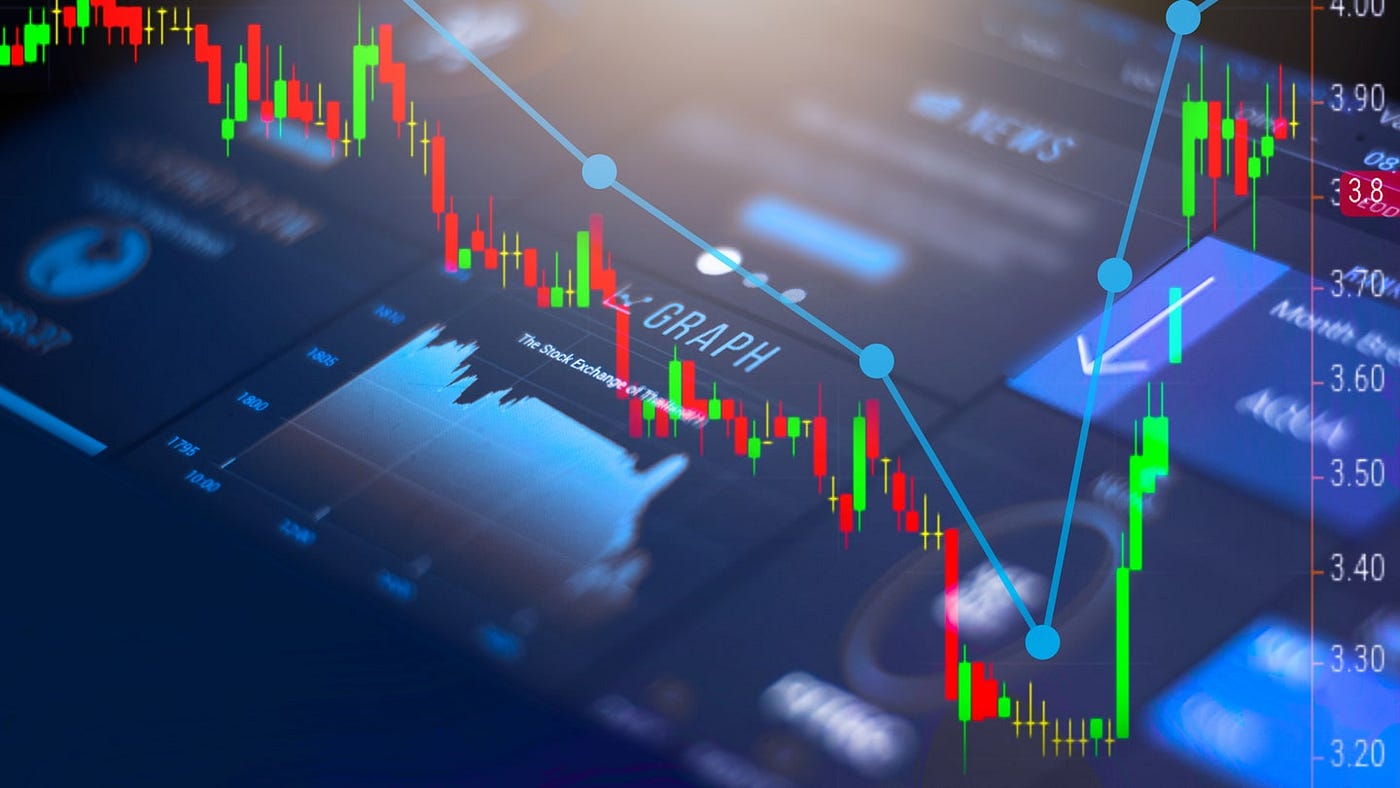
Volatility reacts to the flow of new information and to how traders buy protection, so the same event can either calm markets or trigger sharp repricing, depending on expectations and hedging demand. The main drivers are macro releases, options flows, collective mood, political surprises, global shocks, and changes in borrowing costs, each moving volatility through distinct channels and timeframes.
What economic releases actually force markets to reprice?
1. Economic data, reworded and explained
When headline releases change the expected path of growth or inflation, markets rebalance quickly. GDP, CPI, unemployment, and payroll prints transmit new assumptions about future earnings, interest rates, and central bank actions, so a surprise print in either direction forces option sellers and buyers to adjust prices and hedge positions. That mechanical hedging alone can exaggerate moves for a few days, while the narrative shift changes where traders are willing to deploy capital for weeks. This is why some reports produce calm and others trigger a cascade of stop orders and reallocation trades.
Why do option volumes push implied fear around?
2. Options trading activity, reworded and explained
When more market participants buy options for protection, implied volatility rises because demand lifts option premiums; the pricing effect is then reflected in volatility gauges. Beyond simple buying, dealer hedging creates feedback: heavy put buying forces market makers to sell underlying stock to stay delta-neutral, which can amplify realized volatility. That loop explains why a surge in options activity often precedes larger-than-expected price swings, and why inexperienced structures that ignore gamma and liquidity risk blow up fast.
How do mood and collective perception influence volatility?
3. Market sentiment, reworded and explained
Sentiment moves markets before fundamentals do, because expectations govern positioning. Optimism reduces demand for hedges and compresses implied vol; worry raises premium payments and the VIX. This pattern appears across crypto and equity traders: they struggle to lock down which macro signals will matter on any given day, and that uncertainty feeds speculation. The emotional cost is real, too—traders who pay for coaching or signals then find that inconsistent instruction leaves them under-hedged and emotionally exhausted, worsening decision quality during volatile stretches.
When do political shifts cause spikes in volatility?
4. Political events, reworded and explained
Elections, sudden regulatory moves, and fiscal surprises create scenario risk by changing winners and losers across sectors overnight. The knock-on effect is not just headline risk; it is reweighting: funds adjust exposures, options desks reprice skew, and correlated trades unwind. The nervousness ahead of big political moments is rational, and it shows up as wider bid-asks, shallower liquidity, and a higher premium for protection.
How do far-away crises feed into domestic fear gauges?
5. Global events, reworded and explained
External shocks such as regional conflicts, commodity price shocks, or supply-chain disruptions can spread through trade and funding channels, triggering contagion across unrelated asset classes. The mechanism is simple: markets get hit from two sides: a change in expected cash flows, and a sudden rise in correlation as investors rush to reduce risk. That simultaneous repricing across asset classes pushes implied volatility higher by increasing the likelihood of significant cross-market moves.
What effect do changing borrowing costs have on volatility?
6. Interest rates, reworded and explained
When borrowing costs rise, leverage becomes more expensive and margin calls become more likely, increasing the odds of forced selling and abrupt price moves. That dynamic is especially acute in crowded trades that rely on cheap financing. Notably, Fidelity reports interest rates have risen by 0.5% over the past year, a tightening that increases margin pressure and shifts many players toward shorter-duration positions. On the flip side, falling rates typically ease funding stress and suppress short-term volatility.
How do recent option-price patterns change the story right now?
7. Cross-factor interaction and a recent signal
Factors rarely act alone; for example, an interest-rate surprise that coincides with heavy option buying sends a stronger signal than either alone because dealer hedging magnifies the move. That compounding effect is visible in recent markets, where Fidelity reports that the VIX increased by 15% in the last quarter, reflecting both a higher cost of capital and heavier protection demand, which raises short-term hedging costs for active traders.
Most traders adjust position size and stops using rule-of-thumb methods because they are familiar and quick. That works for small accounts, but as exposure grows, the informal approach creates blind spots: margin surprises, mispriced option protection, and inconsistent sizing across correlated trades. Platforms like AquaFunded's funded trading program provide institutional-style volatility metrics and automated sizing guidance, helping traders scale without turning ad hoc rules into catastrophic losses.
Turn your trading skills into substantial profits without risking your own capital; AquaFunded offers access to accounts up to $400K with flexible trading conditions, no time limits, easy-to-achieve profit targets, and up to a 100% profit split, plus instant funding options, customizable challenge paths, and a 48-hour payment guarantee. Join over 42,000 traders who've already collected more than $2.9 million in rewards and start trading through AquaFunded's funded trading program to keep up to 100% of what you earn.
That seems decisive, but the real test is how markets label a VIX as truly "high" when everything begins moving together.
What Is Considered a High VIX
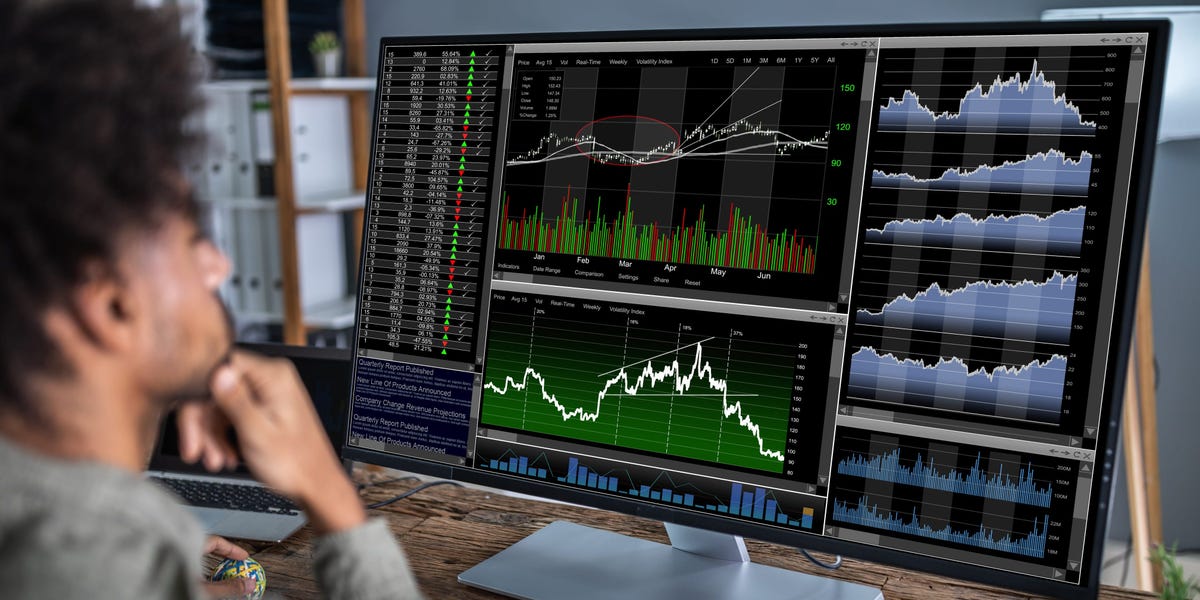
A high VIX is a market state in which option prices signal materially greater short-term turbulence, changing how traders size positions and buy protection; according to Fidelity International, a VIX level above 30 is considered high. That is the conventional threshold. It forces different behavior from liquidity providers and risk managers. Put another way, you should treat a high reading as a regime shift in costs, execution risk, and hedging dynamics rather than a directional prediction.
What practical differences does a high VIX create for active traders?
This pattern appears across retail accounts and small prop desks: when implied fear rises, option premiums and bid-ask spreads widen, and dealer hedging becomes more active, magnifying realized moves. The immediate consequences are higher slippage, larger hedging bills, and a boosted chance of margin events if you keep fixed sizing rules. It is exhausting to trade that way; traders report feeling squeezed by both volatility and the cost of protection, which often forces tactical retreats or heavier use of cash buffers.
How should you interpret a high reading in context, not as an absolute signal?
Consider the VIX relative to its long-run baseline, because context changes the story. Fidelity International: The VIX has historically averaged around 20, and deviations from that mean tell you how unusual the current implied movement is. A climb from a recent 12 to 24 feels different than a move from 28 to 32, even if both land below a classical panic threshold, because the market’s positioning, skew, and futures term structure determine whether that extra fear is transitory or part of a sustained regime.
Most traders manage this with quick rules of thumb, and that familiar approach breaks down fast. Most teams handle VIX spikes by eyeballing size adjustments because it is fast, and no new tools are needed. That works in small accounts, but as exposures grow, the ad hoc method creates hidden leverage, inconsistent hedges, and avoidable margin breaches. Platforms like AquaFunded provide institutional-style volatility metrics and automated sizing guidance, letting traders align position limits with objective volatility measurements and reduce surprise liquidations while scaling risk more cleanly.
What does this mean for your decision-making right now?
The honest tradeoff is between opportunity and structural risk. High implied volatility increases the potential payoff from premium selling, but it also increases gap risk and amplifies dealer flows that can ruin short-dated positions. Over time, traders who survive these stretches are those who tighten size, treat overnight exposure differently, and enforce more explicit rules about hedging costs versus portfolio benefits. Think of it like steering through a storm: speed can gain ground, but you only avoid wreckage if you respect the steering limits and ballast.
I know this feels both technical and personal; that tension is where simple rules fail and disciplined systems matter.
That problem is only the opening chapter, and the real question is how you actually use the volatility index to change what you do next.
How to Use Volatility Index

Use the VIX as a practical dial, not a crystal ball: let implied volatility change how you size trades, buy protection, and allocate capital, and use short-term VIX moves to confirm whether a market shift has momentum. Treat it as an input to concrete decisions, then map those decisions to rules you can follow under pressure.
1. AquaFunded: scale without risking your own capital
AquaFunded provides a funded trading program that helps retail and aspiring prop traders access institutional capital and scale responsibly. The familiar route is to grow by adding personal capital and stretching margin, which works early but breaks once positions compound and overnight exposure widens, creating surprise liquidations and emotional stress.
Platforms like AquaFunded offer access to accounts up to $400K, no time limits, easy-to-hit profit targets, instant funding options, customizablec hallenge paths, and up to 100% profit split with a 48-hour payment guarantee, letting traders pursue size without turning personal savings into margin risk. For traders who need clear, machine-readable sizing limits tied to volatility, this third-party capital model replaces ad hoc rules with consistent guardrails while keeping the upside aligned with performance.
2. Gauge market sentiment and use it to find edges
Use VIX readings to infer where collective risk appetite sits, then translate that into action steps. When fear spikes, put a checklist in place that asks whether the selling is indiscriminate and whether leading economic signals justify rotating cash into quality names; when fear eases, evaluate whether speculative positions are the ones inflating and consider taking profits.
A VIX reading that signals significant market turbulence is captured in TradingView: "The VIX index is often used to measure market risk and investor sentiment, with a value above 30 indicating high volatility." Conversely, a stable environment is reflected in TradingView: a VIX below 20 is generally considered to indicate a stable market environment.
Use short rules: tighten stops and reduce size when implied fear is rising; confirm with market internals; and lean into selective buying when implied fear is high but fundamentals hold.
3. Inform where to put your money, in the rules you can follow
Translate the VIX into allocation signals you can automate. If implied volatility moves into a risk-on contraction, shift a predetermined percentage toward equities, or into a defensive bucket when implied volatility expands; define these bands in advance so emotion does not drive day-to-day choices. For options-focused approaches, build explicit templates: when implied volatility is depressed, consider small allocations to long-volatility positions or LEAPS as a tail-risk hedge; when implied volatility is boosted, size premium-selling strategies with strict stop rules and capital set-asides for margin swings. Remember, options pricing and VIX are linked, so price volatility changes before realized moves often, and your templates should reflect that cost structure.
4) Manage portfolio volatility with hedges and disciplined sizing
Hedge selection and sizing matter more than the decision to hedge. Buy VIX exposure or long-dated puts to protect concentrated bets, but size those hedges as insurance with decay costs in mind. Use diversification not as a checkbox but as a volatility-management practice, pairing positions with different drivers and liquidity profiles so a single margin event cannot cascade across the book. The pattern I see across options traders is this: conservative margin rules work until leverage increases. Then small price moves trigger enormous funding demands, so force position limits tied to implied volatility and enforce them automatically rather than relying on memory.
A practical checklist you can implement today
- Convert VIX moves into a percentage adjustment to position size, not an on/off switch.
- Require an explicit hedging cost-benefit evaluation for any short-vol strategy when implied volatility is boosted.
- Use volatility term structure to decide whether to hedge short or long, and cap margin exposure for directional bets.
These rules reduce the risk of surprise margin calls and help you trade through emotional spikes.
A pattern I keep seeing across retail and options-focused accounts is the impulse to sit in cash, waiting for a more resounding crash; that waiting often leads to missed entries and worse outcome-to-risk ratios. Conversely, traders who tighten structural rules during volatile stretches preserve optionality and survive to scale.
Analogy to make it stick
Think of the VIX like wind speed for a sailor: you do not predict the storm from the gusts; you adjust your sail configuration and reefing rules so you do not lose the boat when the gusts hit.
That simple change in process is one reason traders working with funded programs avoid catastrophic sizing mistakes, and why platforms with objective volatility metrics and automatic sizing guidance become operational tools rather than luxury features.
But that solution works until you hit the one obstacle nobody talks about.
Related Reading
- Where to Place Stop Loss
- Position Size Formula
- Scalping vs Day Trading
- What Is Index Pricing
- Volatility Indicator MT4
- What Are the Advantages of CFD Trading Over Normal Trading
- How to Profit From CFD Trading
- What Is a Fair Value Gap in Trading
- How to Calculate Stock Volatility
- Difference Between Nasdaq and S&P
- FTSE vs MSCI
Join Our Funded Trading Program Today - Trade with our Capital and Keep up to 100% of the Profit.
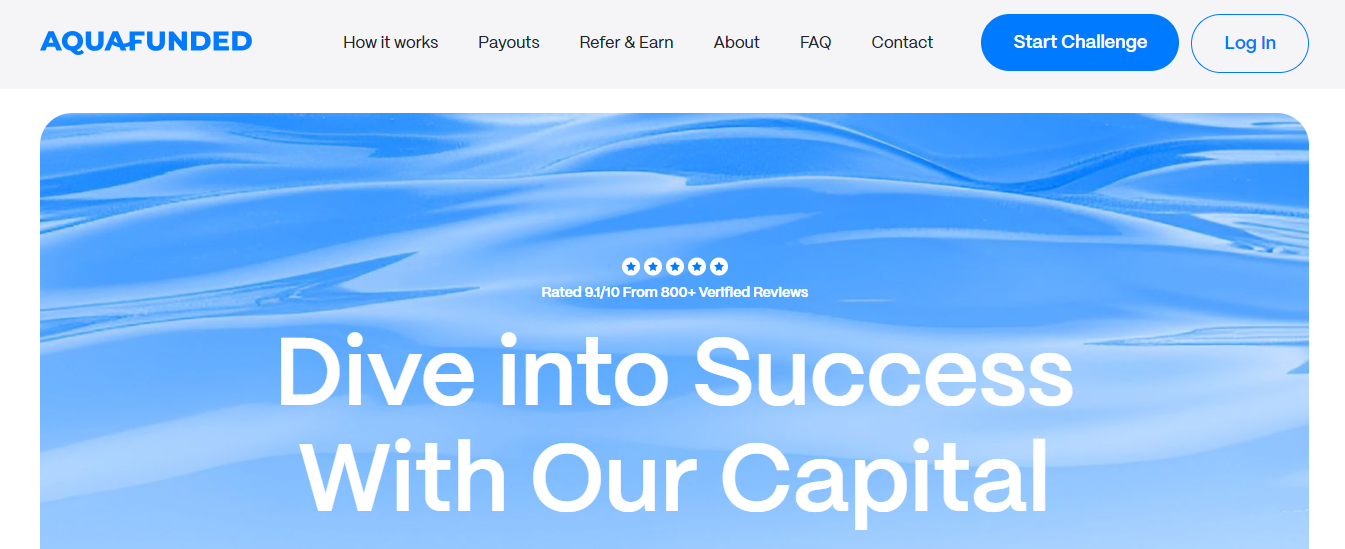
If you want to scale your edge without turning personal savings into margin, consider AquaFunded as a practical way to pair your skills with capital while keeping decision-making performance-driven and straightforward. Keep up to 100% of the Profit highlights why full profit splits matter for building a sustainable trading career, and Trade with our Capital underscores how funded programs let you prove consistent performance with external capital rather than your own cash.
Related Reading
- CFD Leverage
- Breakout Trading Strategy
- Gap Fill Strategy
- NFP Trading
- Swing Trading Patterns
- Dow Jones Index vs S&P 500
- FTSE 100 vs S&P 500
- CFD Market Hours
- Spot Trading vs Futures Trading


